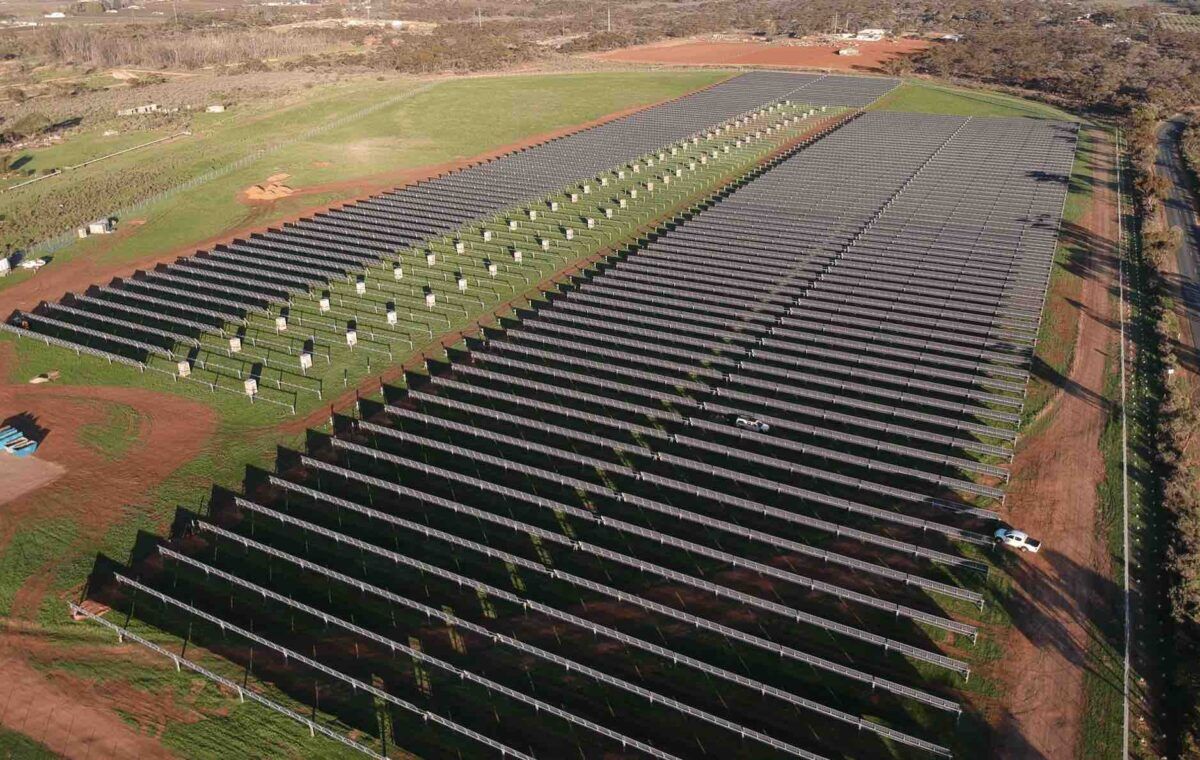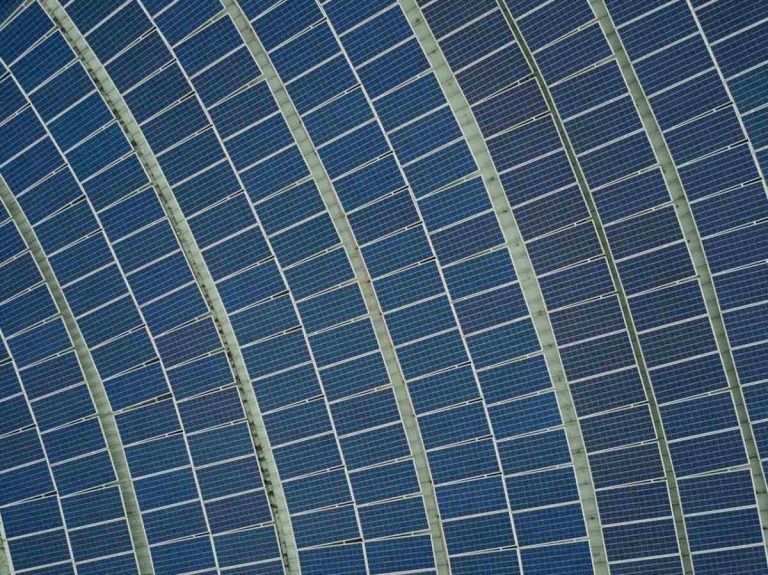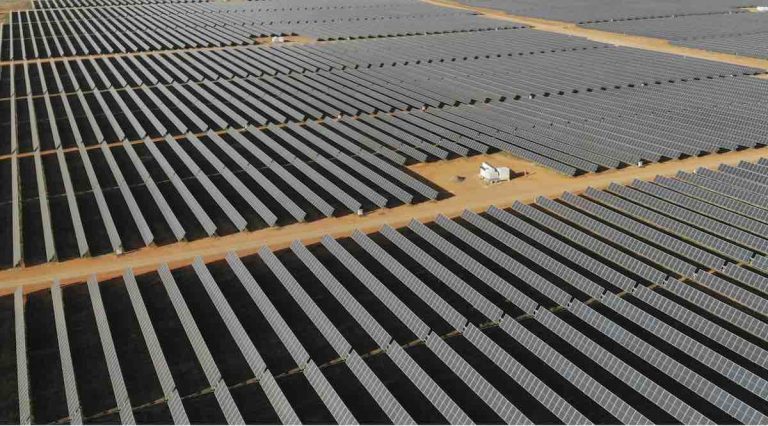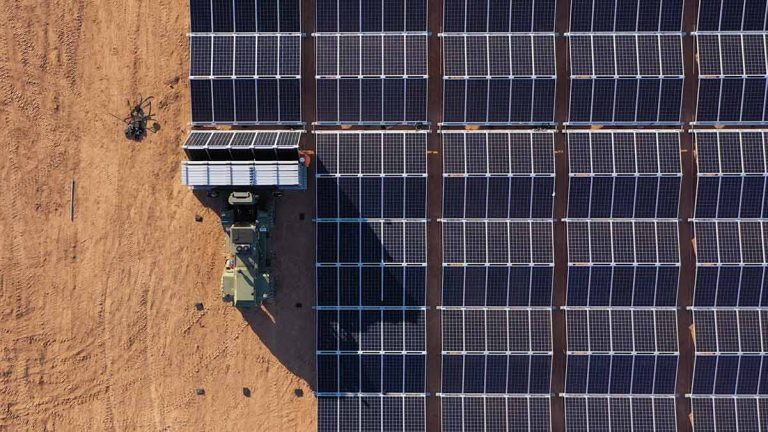South Australia’s Solar and Battery Milestones
South Australia achieved two remarkable milestones this week, highlighting the synergy between solar power generation and battery storage on the world’s most advanced variable renewable energy grid.
The state, known for its high proportion of wind and solar energy, with an average share of 72% over the past year, aims to reach 100% “net” renewables by 2027.
New Records in Solar Generation and Battery Charge
On Monday, South Australia hit a new peak in instantaneous solar generation, reaching 583.9 MW at 12:00 hrs, surpassing the previous record of 567.7 MW. Simultaneously, the state set a new record for instantaneous battery charge at minus 435.7 MW by 12:10 hrs, exceeding the previous record set in November.
Grid Dynamics and Demand Influence
The dynamics of the grid varied between Sunday and Monday due to differing demand levels. Higher weekday demand on Monday allowed for increased solar energy input into the grid compared to Sunday when solar output was curtailed due to low demand.
Commercial and industrial activities on Monday facilitated the operation of utility solar at full capacity, effectively balancing the grid and utilising solar energy efficiently.
Impact on Curtailment, Prices, and Flexibility
Curtailment and low prices have prompted the development of a more flexible grid, leading to investments in energy storage systems at utility and household levels. This dual approach enhances grid stability and market responsiveness.
Large-scale batteries charge during high solar output and low prices, discharging when demand and prices rise. Similarly, household batteries store excess solar energy, reducing grid dependence and maximising returns.
Future Considerations and Market Participation
Batteries play a crucial role in balancing increasing solar output, minimising curtailment, and averting negative pricing. The proliferation of battery systems supports grid flexibility, enhances energy security, and paves the way for a smoother energy transition.
With more batteries in the system, market participation will increase, ensuring grid stability by adjusting to solar abundance and demand fluctuations, thereby facilitating the ongoing energy transition.
Advancements in Renewable Integration
South Australia’s successful management of variable solar output through large-scale batteries exemplifies the progress in renewable integration. These records signify the significant strides made in sustainable energy practices and the potential for further advancements in the future.






